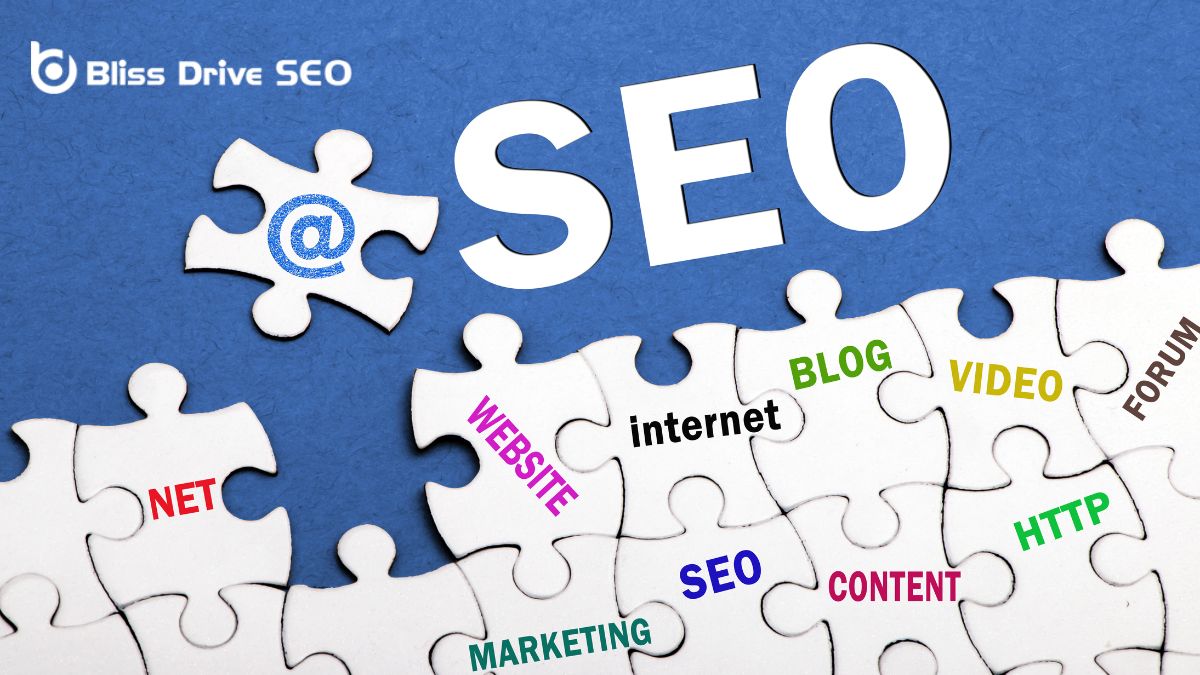Learn More About Us

Boost your website's visibility with effective SEO contentContent optimized for search engines to improve visibility and rankings.content optimizationImproving content to enhance its performance and effectiveness. by starting with thorough keyword researchThe process of finding and analyzing search terms that people enter into search engines. using tools like Ahrefs and Google Keyword Planner to align with search intentThe purpose behind a user’s search query.. Optimize your meta tagsHTML tags that provide information about a web page to search engines and visitors., including title tags and meta descriptions, to be keyword-rich and compelling. Enhance content readabilityThe ease with which users can read and understand content. through clear structures, short sentences, and visuals for better user engagementThe level of interaction and involvement users have with social media content.. Use internal and external links strategically to improve navigation and credibility. Finally, focus on user experience with quick loading times and intuitive site design to retain visitors and improve rankingsThe position at which a website appears in the SERP.. Discover these strategies in detail to elevate your SEO game.

Kicking off your SEO strategy with thorough keyword exploration sets the stage for success. Start by using tools like Ahrefs Keywords Explorer and Google Keyword Planner. These tools will help you discover valuable keywords that align with your audience's search queries. When selecting keywords, focus on those that match your content's relevance and your users' search intent. This guarantees your content meets their needs, boosting engagement and driving organic trafficVisitors who come to a website through unpaid search engine results..
Target long-tail keywordsLonger, more specific keyword phrases that are less competitive and often more targeted. to capture more specific search queries. These keywords often have lower competition and can substantially increase your visibility in search engine rankings. By understanding and incorporating long-tail keywords, your content becomes more targeted, resonating better with users.
Keyword exploration isn't just about finding popular terms; it's about understanding what your audience is looking for and why. By aligning your content with their search intent, you enhance its relevance, making it more likely to rank higher on search engines. This approach not only improves visibility but also fosters user engagement, as your content directly addresses their needs.
Ultimately, effective keyword exploration is a cornerstone of a successful SEO strategy, driving consistent and meaningful organic traffic.
Optimizing meta tags is a fundamental step in enhancing your website's SEO performance. Meta tags, including title tags and meta descriptions, provide vital information to search engines and users. Your title tags should be unique and relevant, incorporating target keywords to enhance search result visibility. This helps search engines understand your content and rank it appropriately.
Meta descriptions, on the other hand, should be concise, ideally between 50-160 characters, and compelling. A well-crafted meta descriptionA brief summary of a web page’s content, shown in the SERP. attracts clicks, thereby boosting your click-through rates. Remember, search engines often use these snippets to determine the relevance of your page to a user query, so make sure they align with the search intent.
Properly optimized meta tags can significantly influence your search engine rankings and user engagement. By aligning your meta tags with the search intent, you not only enhance content relevance but also encourage users to click on your link. This increases the likelihood of higher engagement with your content.
Incorporating these practices into your SEO strategy will help you achieve better search result visibility and enhance your overall website performance. Don't overlook the impact of meta tags in your SEO efforts.
Enhancing content readability is essential for maintaining user engagement and improving your site's SEO performance. When users find your content easy to read, they're more likely to stay on your page, reducing bounce rates by up to 40%. This increased time spent on the page signals to search engines that your content is valuable, boosting your search engine rankings.
To improve readability, start by using shorter sentences and simpler words. This not only makes your content more accessible but also widens your audience. Google's algorithms reward high readability scores, so focusing on user-friendly content can leadA potential customer referred by an affiliate who has shown interest in the product or service but h... to better SEO performance.
Clear content structure is another critical factor. Break up text with headings and subheadings, and use bullet points or numbered lists to make information easy to digest. Incorporating visuals like images and infographicsVisual representations of information, data, or knowledge intended to present complex information qu... can further enhance the user experience, making your content more engaging and easier to understand.
Ultimately, prioritizing content readability can lead to increased organic traffic and a better overall user experience. By ensuring your content is clear and well-structured, you'll not only engage your audience but also enjoy improved search engine rankings.

When you utilize internal and external links effectively, you can significantly enhance your website's SEO performance and user experience. Internal links improve website navigation, allowing visitors to find related content easily. This not only keeps users engaged longer but also helps search engines understand your site's structure and relevance. By strategically placing internal links, you guide users through a seamless journey, boosting engagement and organic traffic.
External links, on the other hand, lend credibility and authority to your content. When you link to reputable sources, it shows that you've done your research, enhancing your site's reliability in the eyes of both users and search engines. This practice can positively impact your SEO rankings.
Using anchor text effectively is vital. It helps search engines grasp the context and relevance of the linked content, making your site more discoverable. Make sure your anchor text is descriptive and relevant to the linked page.
Although it may seem secondary to other SEO tactics, enhancing user experience is essential for achieving higher conversion rates and better SEO rankings. Improving user experience can increase conversion rates by up to 400%, which means your content mustn't only be engaging but also accessible and easy to navigate. Online consumers are less likely to return to a site after a bad experience, so focusing on usability is key.
Start by ensuring that your page loading times are quick. Even a one-second delay can lead to a 7% reduction in conversions. Google also favors websites that load quickly, which can improve your Google ranking.
Additionally, think about the overall design and layout of your site. A clean, intuitive design enhances usability, making it easier for users to find the content they're looking for. Good user experience directly translates to a 16% higher conversion rateThe percentage of visitors who complete a desired action, such as making a purchase or filling out a..., underscoring its importance.
To optimize your content for SEO, conduct keyword research, align with user intent, optimize title tags and meta descriptions, use internal and external links, and focus on readability. These steps will boost your search engine rankings and engagement.
Start by researching relevant keywords to target. Next, align your content with user search intent for better visibility. Finally, optimize your meta tags, titles, and descriptions to improve your search engine ranking and overall SEO performance.
You should focus on four important stages in SEO: keyword research, on-page optimizationImproving individual webpages to rank higher and earn more relevant traffic in search engines., off-page optimization, and performance monitoring. Start by identifying keywords, then optimize your content, build backlinksLinks from other websites pointing to your website, crucial for SEO., and track your site's performance.
You start by researching keywords, then craft engaging content that matches search intent. Optimize your title tags and meta descriptions with targeted keywords. Use internal and external links wisely, and monitor performance with Google AnalyticsA web analytics service offered by Google that tracks and reports website traffic. to refine your strategy.
By following these five steps—conducting keyword research, optimizing meta tags, improving content readability, utilizing internal and external links, and enhancing user experience—you'll boost your SEO and drive more traffic to your site. Remember, SEO isn't a one-time task but a continuous process. Keep refining your strategies, stay updated on best practices, and watch your content climb the search engine rankings. You've got the tools; now go optimize and succeed!
